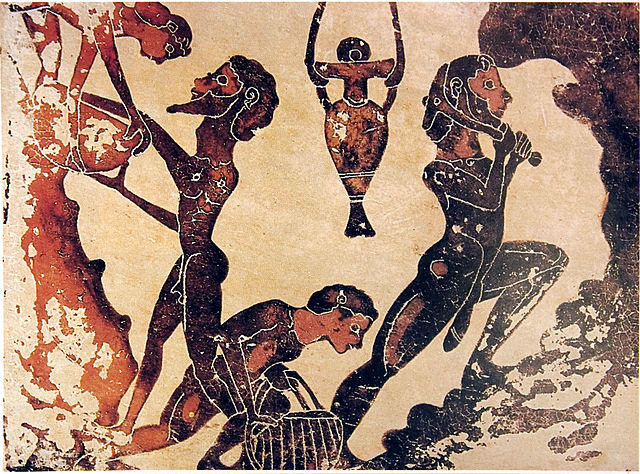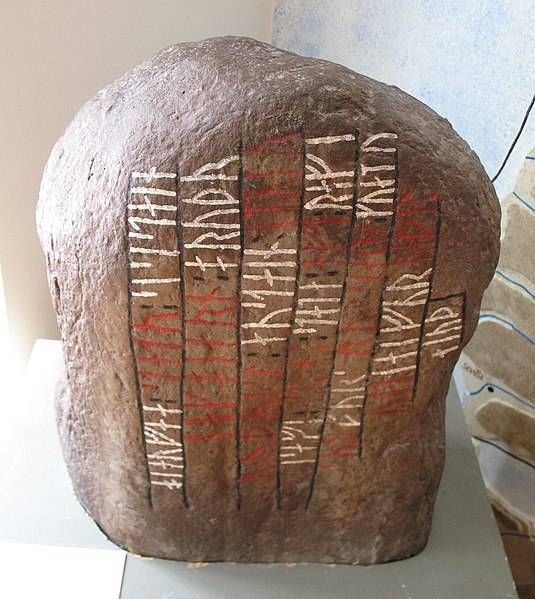The Black Sea slave trade trafficked people across the Black Sea from Europe and Caucasus to slavery in the Mediterranean and the Middle East. The Black Sea slave trade was a center of the slave trade between Europe and the rest of the world from antiquity until the 19th century.
One of the major and most significant slave trades of the Black Sea region was the trade of the Crimean Khanate, known as the Crimean slave trade.
Mine workers in Greece were often slaves.
Genoese Castle in Caffa, when Caffa was a major port of the Genoese slave trade.
The battle of Wadi al-Khazandar, 1299, depicting Mongol archers and Mamluk cavalry. During that time many mamluk soldiers originated from the Balkan slave trade and the Black Sea slave trade.
Crimean Tatar archer
Route from the Varangians to the Greeks
The trade route from the Varangians to the Greeks was a medieval trade route that connected Scandinavia, Kievan Rus' and the Eastern Roman Empire. The route allowed merchants along its length to establish a direct prosperous trade with the Empire, and prompted some of them to settle in the territories of present-day Belarus, Russia and Ukraine. The majority of the route comprised a long-distance waterway, including the Baltic Sea, several rivers flowing into the Baltic Sea, and rivers of the Dnieper river system, with portages on the drainage divides. An alternative route was along the Dniester river with stops on the western shore of Black Sea. These more specific sub-routes are sometimes referred to as the Dnieper trade route and Dniester trade route, respectively.
A coloured copy of runestone G 280 which talks of death in the Dnieper Rapids.





